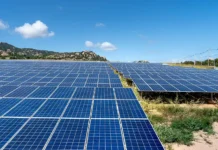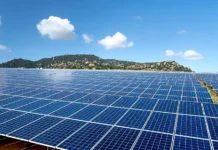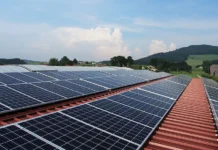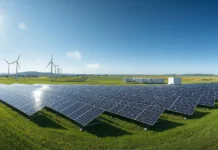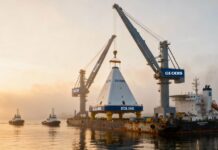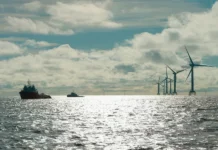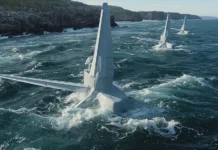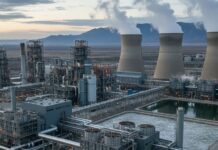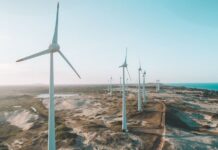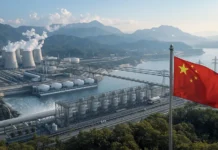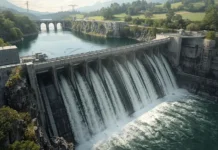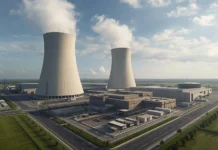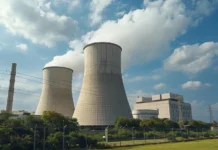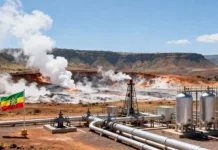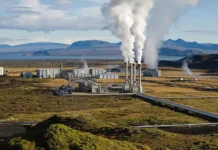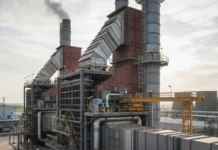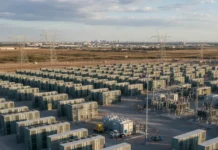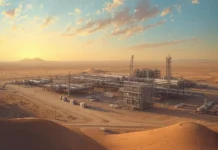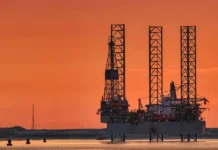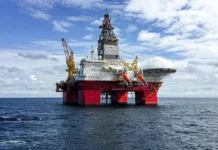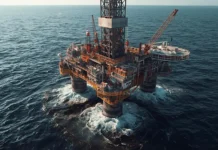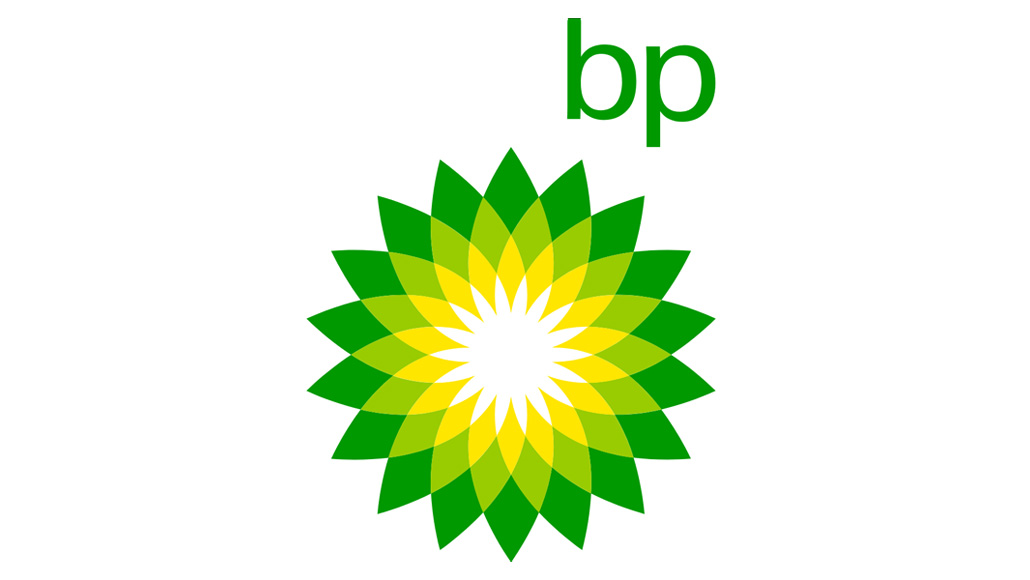BP has unveiled what it considers its most important oil and gas discovery in more than 25 years. Found in Brazil’s Santos basin, the discovery comes at a time when the company is shifting from a recent push into renewables back toward strengthening its hydrocarbon portfolio.
The Bumerangue discovery is expected to serve as the foundation for a new output hub. According to a BP spokesperson, this oil and gas discovery may be the company’s biggest since the Shah Deniz gas and condensate field was identified in the Azeri sector of the Caspian Sea in 1999.
Shah Deniz initially held approximately one trillion cubic metres of gas and two billion barrels of condensate. Last year alone, the site delivered 28 billion standard cubic metres of gas. BP has not yet released reserve estimates for the Brazilian block.
“Brazil is an important country for BP, and our ambition is to explore the potential of establishing a material and advantaged production hub in the country,” stated Gordon Birrell, BP’s production and operations chief.
“This find may well see BP’s upstream portfolio longevity extending well into the 2030s/40s, and it is this that has been the biggest issue and concern,” noted Bernstein’s Irene Himona. “Although we cannot extrapolate as it is too early, and each well and each reservoir is different, we believe the data … provides support that the potential scale for this 100% BP discovery could be a game changer.” she added.
Jean Paul Prates, the former chief of Brazil’s state-run oil company Petrobras, took to social media to underscore the strategic value of the Bumerangue block, “promising and strategically located”, he wrote. At the same time, he pointed out that high levels of carbon dioxide in associated gas could be “uneconomic.” “BP has yet to disclose the CO₂ level in Bumerangue,” Prates wrote, stating that this data would be critical in assessing the viability of the project. The company has not responded to this yet. BP’s analysis has shown elevated CO₂ levels at the rig site.
The Bumerangue find marks BP’s tenth oil and gas discovery this year. Other recent finds have occurred in Trinidad, Egypt, Brazil and others. The company has projected its daily oil and gas output to range between 2.3 million and 2.5 million barrels of oil equivalent by 2030. In 2024, BP reported production of 2.4 million barrels of oil equivalent.
The Bumerangue block, located in a “pre-salt” formation beneath the ocean floor off Brazil’s coast, was secured by BP in December 2022 under what it described as “very good commercial terms”. This region has drawn attention from other energy majors as well. Shell, for example, has recently reached a final investment decision on a separate venture within the Santos basin.



